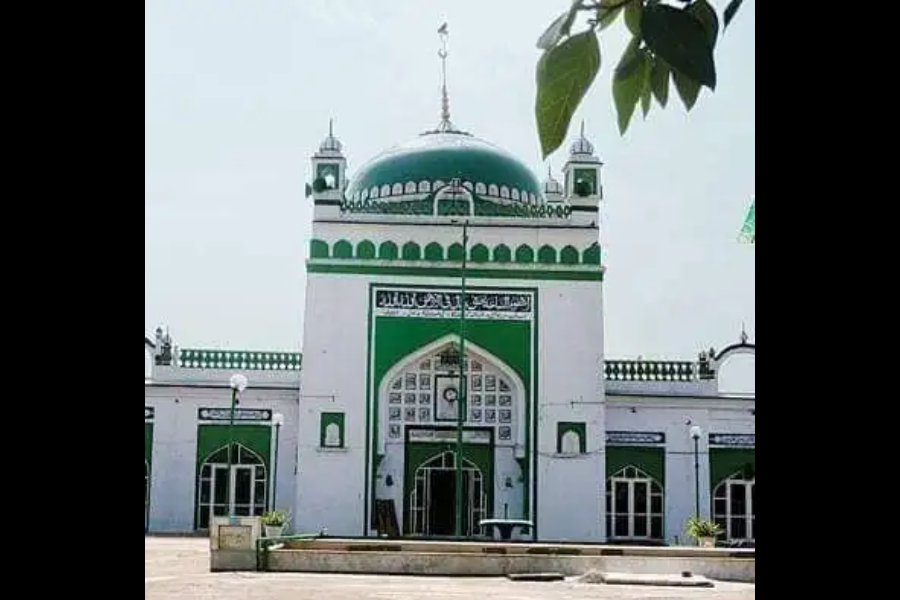Allahabad High Court on Friday directed the Archaeological Survey of India (ASI) to clean the Shahi Jama Masjid in Sambhal but refrained from passing an order for whitewashing the mosque.
The order was passed by Justice Rohit Ranjan Agarwal on a petition filed by the mosque management committee seeking permission for whitewashing and cleaning of the structure ahead of Ramazan.
The court had on Thursday directed the ASI to inspect the mosque site and submit a report by Friday morning. In its primary report, the ASI informed the court that there was no need to whitewash the structure.
“It is expected from the masjid committee that they would not put any hindrance and would cooperate with the ASI. It is further made clear that no person from the administration would interfere when the cleaning work is being done by the ASI,” Justice Agrawal observed while posting the matter to March 4.
Mosque counsel S.F.A. Naqvi submitted that he would like to file “an objection to the report as whitewashing needs to be done in the masjid which is an annual feature”.
However, Naqvi added that “cleaning, removal of dust and removal of vegetation growth in and around the monument may be done by the ASI forthwith as the holy month of Ramazan begins from tomorrow (March 1)”.
The high court directed Naqvi to file a plea against the ASI’s report within 48 hours.
Manoj Kumar Singh, appearing for the ASI, told the court that a supplementary affidavit along with the inspection report would be e-filed by next Monday.
The high court said that the ASI inspected the mosque in the presence of its mutawallis (caretakers).
“It was found that the interior of the mosque was painted with thick layers of enamel paint of sharp colours like golden, red, green and yellow concealing the original surface of the monument. According to the inspection, the modern enamel paint was still in good condition. The report also enumerates that there seemed to be some signs of deterioration of the entrance gate as well as in the chambers located behind and the northern side of the prayer hall,” the court said.
“Further, the lintel of the doorway is badly decayed and needs replacement. The report takes care of the fact that the chambers are in dilapidated condition, especially the ceilings which are supported by wooden shingles and the conservation and science wing of the ASI would bring a detailed report with regard to the same,” it added.
The mosque became the centre of a controversy when, responding to a petition by a few Hindutva groups, a local court had on November 19, 2024, ordered the survey of the shrine. The petitioners claimed it was a temple before it was converted into a mosque during Mughal emperor Aurangzeb’s reign. The local administration had conducted the first survey the same day.
Large-scale violence erupted when the surveyors reached the site again on
November 24 amid the chanting of Jai Sri Ram by some people. Four persons died
in police firing.

